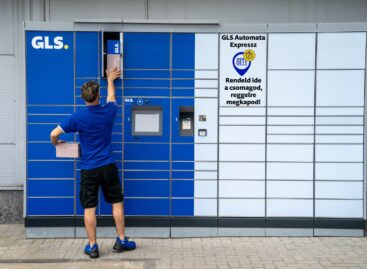Switching to new packaging for carbon footprint reduction
Pharmaceutical product packaging accounts for a large part of the Scope 3 emissions of manufacturers.

According to Metsä Board studies, fresh fibre paperboard can notably reduce the carbon footprint of pharmaceutical packaging by optimising the paperboard in use. Switching from a solid bleached board (SBB) to Metsä Board folding boxboard can reduce the carbon footprint of packaging by over 50%, and replacing white lined chipboard (WLC) with Metsä Board folding boxboard can result in a 60% or bigger reduction. These assessments have been verified by the IVL Swedish Environmental Research Institute.

The lower carbon footprint of Metsä Board’s folding boxboards – compared to the above mentioned paperboards – is due to the use of fossil-free energy in their production and their lighter weight. However, despite the lighter weight, Metsä Board’s folding boxboards still retain the durability and functional properties of traditional heavier grades.

Anne Uusitalo
product safety and
sustainability director
Metsä Board
“As a responsible materials supplier, it is our job to provide pharma brand owners with transparent, unbiased information that helps them evaluate packaging materials, so that they can make better-informed and sustainable choices to reduce their carbon footprint”,
says Anne Uusitalo, product safety and sustainability director of Metsä Board. //
Related news
Plastic packaging waste in the EU: 35.3kg/capita
🎧 Hallgasd a cikket: Lejátszás Szünet Folytatás Leállítás Nyelv: Auto…
Read more >What is the use of eggshells, which our grandparents held in even greater esteem?
🎧 Hallgasd a cikket: Lejátszás Szünet Folytatás Leállítás Nyelv: Auto…
Read more >At profit temperature – 3 climate trends reshaping the economy
🎧 Hallgasd a cikket: Lejátszás Szünet Folytatás Leállítás Nyelv: Auto…
Read more >Related news
Pickup from the box – the next morning!
🎧 Hallgasd a cikket: Lejátszás Szünet Folytatás Leállítás Nyelv: Auto…
Read more >Clear view even in winter – with Shell’s new 3.5-litre premium windshield washer fluid
🎧 Hallgasd a cikket: Lejátszás Szünet Folytatás Leállítás Nyelv: Auto…
Read more >Perfect holidays? Let’s enjoy the Advent season in the spirit of #bewhole instead!
🎧 Hallgasd a cikket: Lejátszás Szünet Folytatás Leállítás Nyelv: Auto…
Read more >







